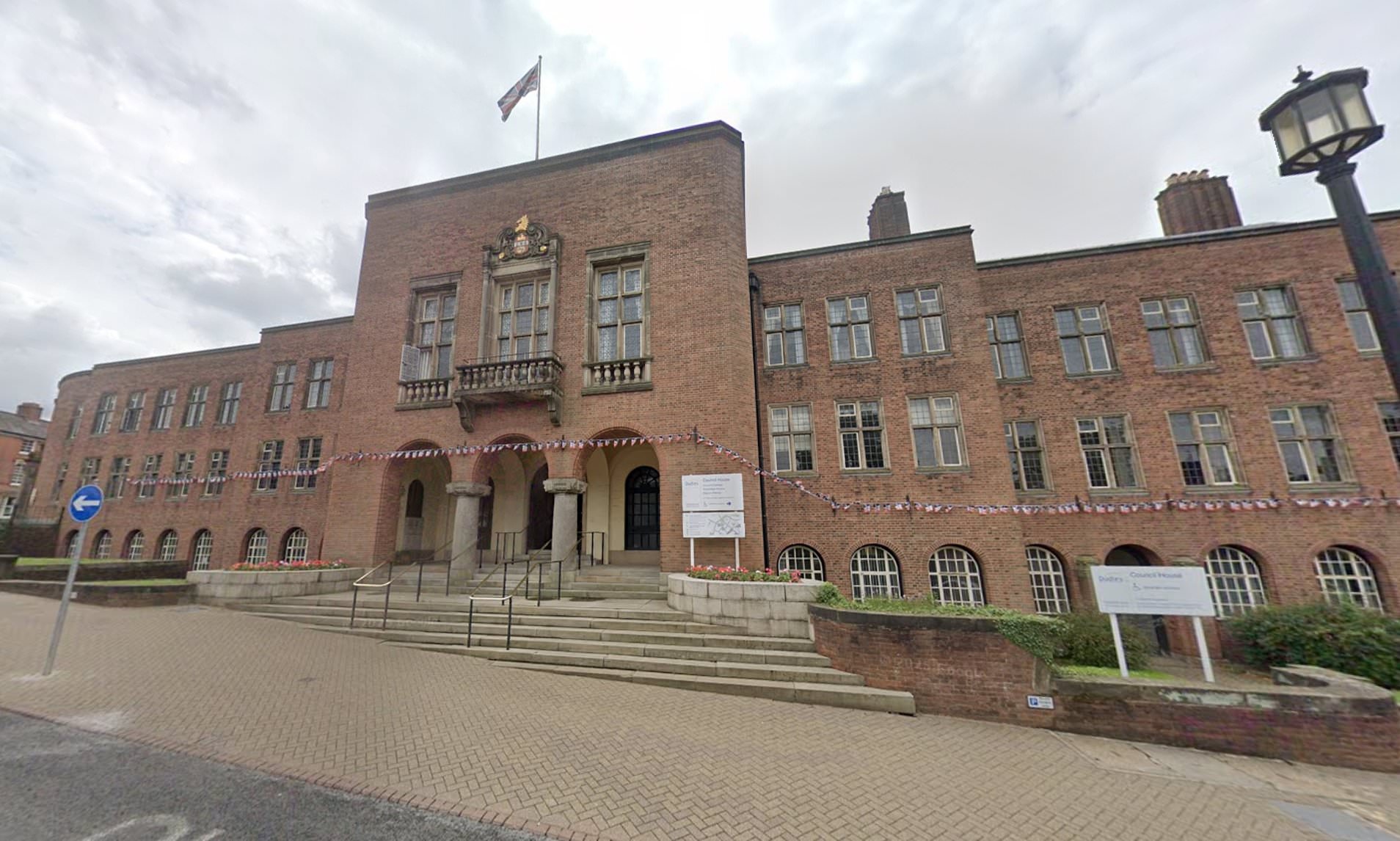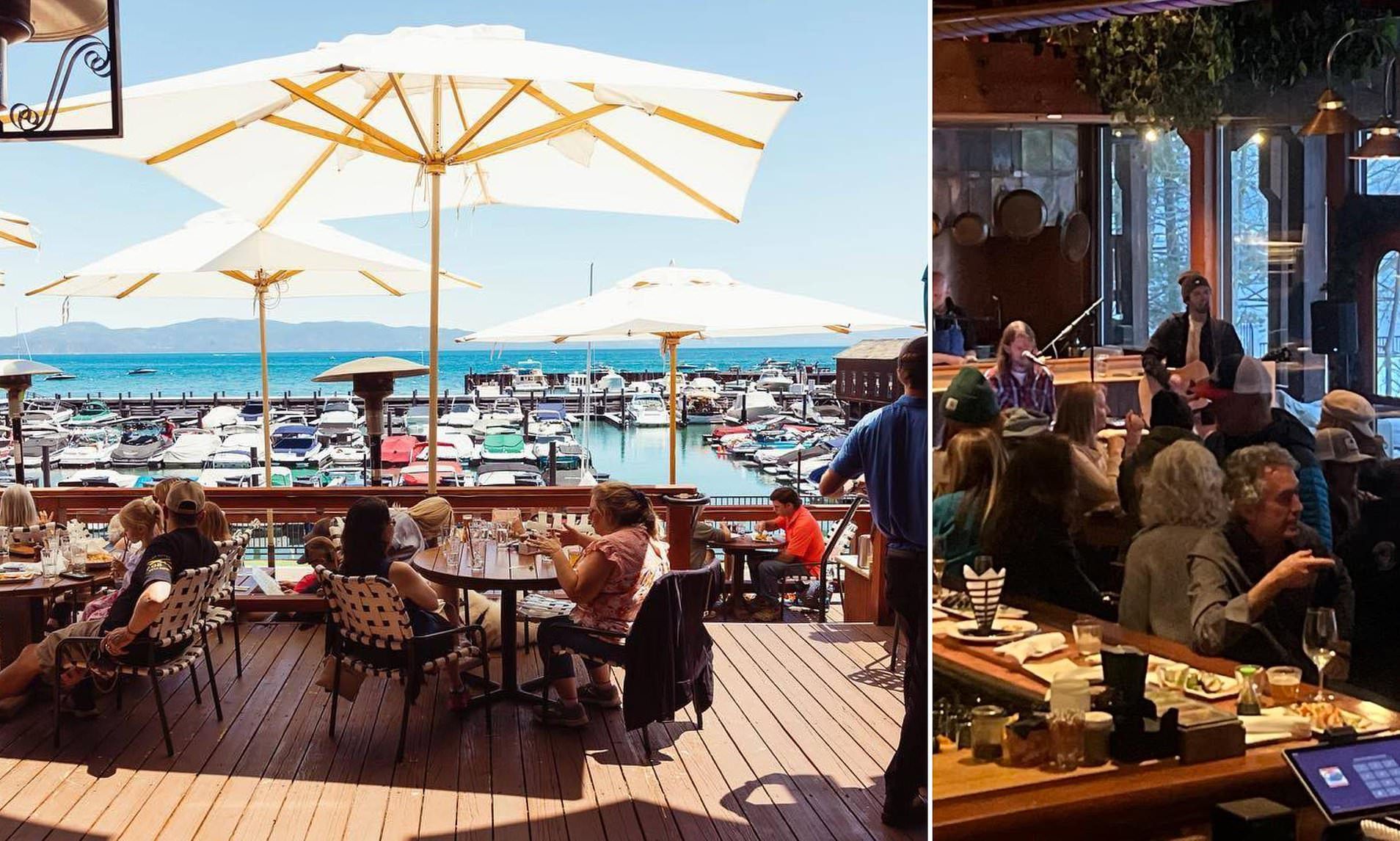A New Chapter in a Maritime Legacy
The opening of the Kimpton Tsim Sha Tsui venue marks a new chapter in a long and storied history that spans over 164 years. This narrative, deeply rooted in the maritime traditions of Hong Kong, has seen transformations that reflect the city’s evolving identity.
Two years ago, on a cold March evening, Hongkongers witnessed an unexpected event as a fire engulfed the nearly completed 42-storey shell of the Kimpton Tsim Sha Tsui Hong Kong. The flames, accompanied by flaming tufts of scaffolding nets, created a dramatic spectacle that lit up the night sky. Despite the intensity of the blaze, which was rated a No 4 alarm, no lives were lost. The incident, however, marked a significant moment for the hotel’s developer, Empire Group, which received a substantial insurance payout estimated at HK$500 million, potentially the largest in the city’s history.
This fire served as an introduction to the Kimpton brand, an American hotel chain under the InterContinental Hotels Group. Although Kimpton operates in several regional locations, it had limited brand awareness in Hong Kong. The hotel’s director of marketing and communications, Leo Verceles-Zara, notes that the fire is often the first topic of conversation. He references a Chinese saying: “Wherever a fire burns, fortune comes.”
Stepping into the Kimpton Tsim Sha Tsui, located in a quiet corner of Middle Road, offers a glimpse into its grandeur. Guests are welcomed from a gleaming lobby to the reception on the 15th floor, where panoramic views of Victoria Harbour await. The hotel boasts 495 rooms, all facing the harbor, with some featuring bedside bathtubs-cum-plunge pools. Food and drink outlets include a southwestern Chinese bistro led by chef Vicky Lau and a ‘grammable rooftop pool bar on the 50th floor, complete with a Baccarat-adorned speakeasy hidden behind a false vending machine. Additional amenities include a Hyrox-affiliated gym and a spa by Banyan Tree, set to open in 2026.
Kimpton’s general manager, Mike Robinson, emphasizes the importance of providing a “ridiculously personal experience” by anticipating guests’ needs and fostering heartfelt connections between staff. This internal culture radiates outward, creating a unique hospitality environment.
While the Kimpton Tsim Sha Tsui dazzles with its modern amenities, another hotel, The Mariners, occupies the lower floors. Tracing its roots back to The Sailors’ Home, opened in 1861, and later the Missions to Seamen (now Mission to Seafarers) in 1884, The Mariners’ Club was established as a “home away from home” for sailors passing through Hong Kong. Over the years, it adapted to the changing needs of seafarers, witnessing Hong Kong’s transformation from a modest port to a global power.
As demand for crew accommodation declined, discussions about the club’s future began in the late 80s. In 2019, Empire Group won a tender to raze the old building and erect a glass-and-steel edifice in its place. The new structure, designed with a V-shaped footprint resembling the sails of a ship, features 75 rooms with harbor or Signal Tower views, an all-day Asian and Mediterranean restaurant, a 20-metre climate-controlled outdoor pool, and a round-the-clock gym.
Membership remains free for those who make their living on the sea, with other maritime industry professionals able to apply as paying members. Winnie Woo, a Swiss-trained hospitality veteran, emphasizes the club’s focus on supporting seafarers beyond material needs, including their spiritual well-being. The St Peter’s Seafarers’ Church, nestled in the heart of The Mariners, serves as a tribute to the club’s origins and a nod to the future.
Both the Kimpton Tsim Sha Tsui and The Mariners are symbiotic, with the development standing on land owned by the Sailors’ Home and Mission to Seafarers. The continued survival of The Mariners depends on the revenue generated by the Kimpton Tsim Sha Tsui. This relationship reflects a blend of commercial logic and sentiment, with Empire Group’s affinity for the location and its maritime heritage playing a significant role.
After several lacklustre years for Hong Kong tourism, the industry is experiencing a modest revival. With over 33 million visitors between January and August this year, the city is on track to surpass previous records. Hotel occupancy rates have recovered to around 85 per cent, close to pre-pandemic averages, although daily rates have dropped slightly.
With 164 years under its belt, the Mission to Seafarers continues to adapt, embodying the spirit of a city shaped by its maritime history. As the shiny new tower houses this institution, it stands as a testament to the enduring legacy of the sea and the ever-evolving story of Hong Kong.










